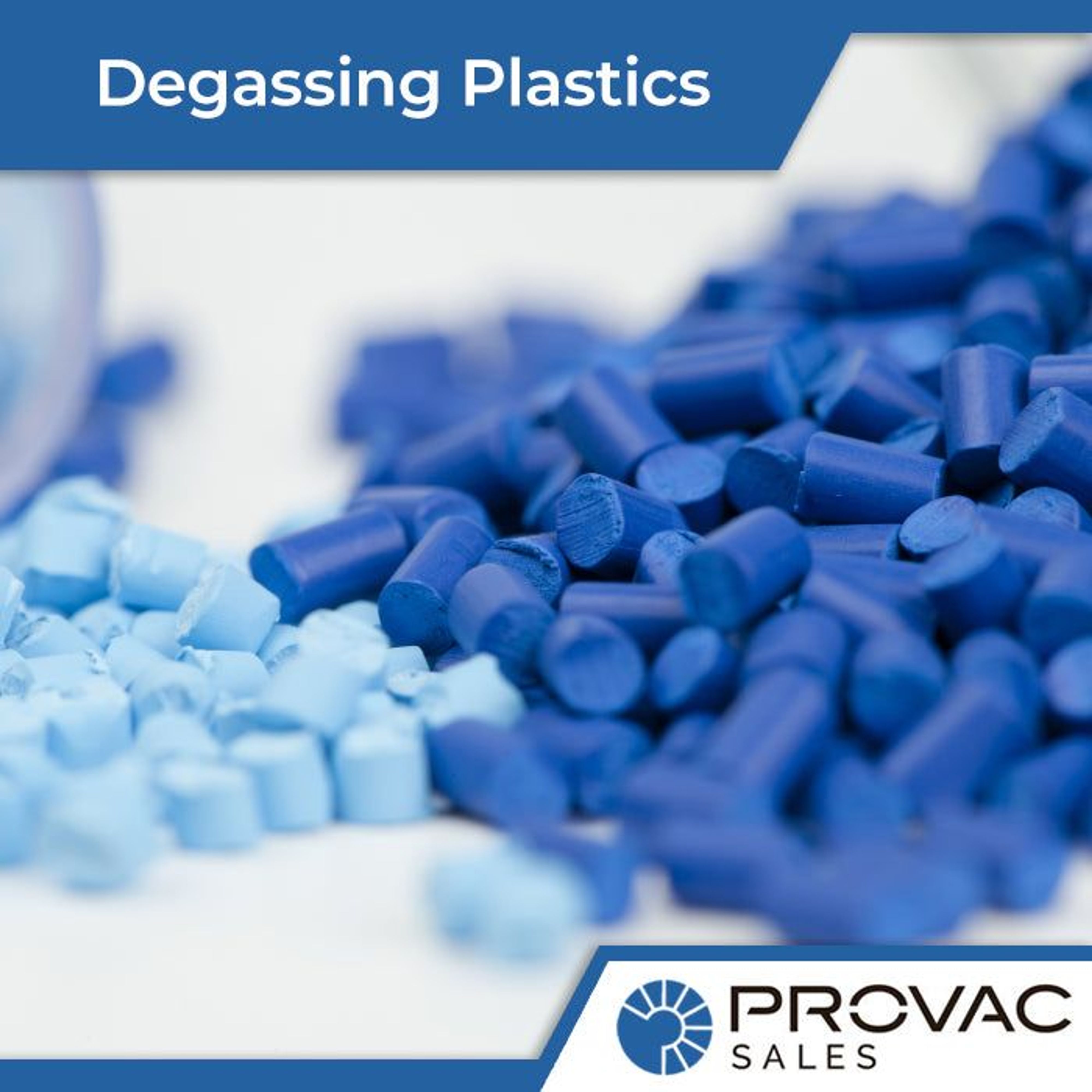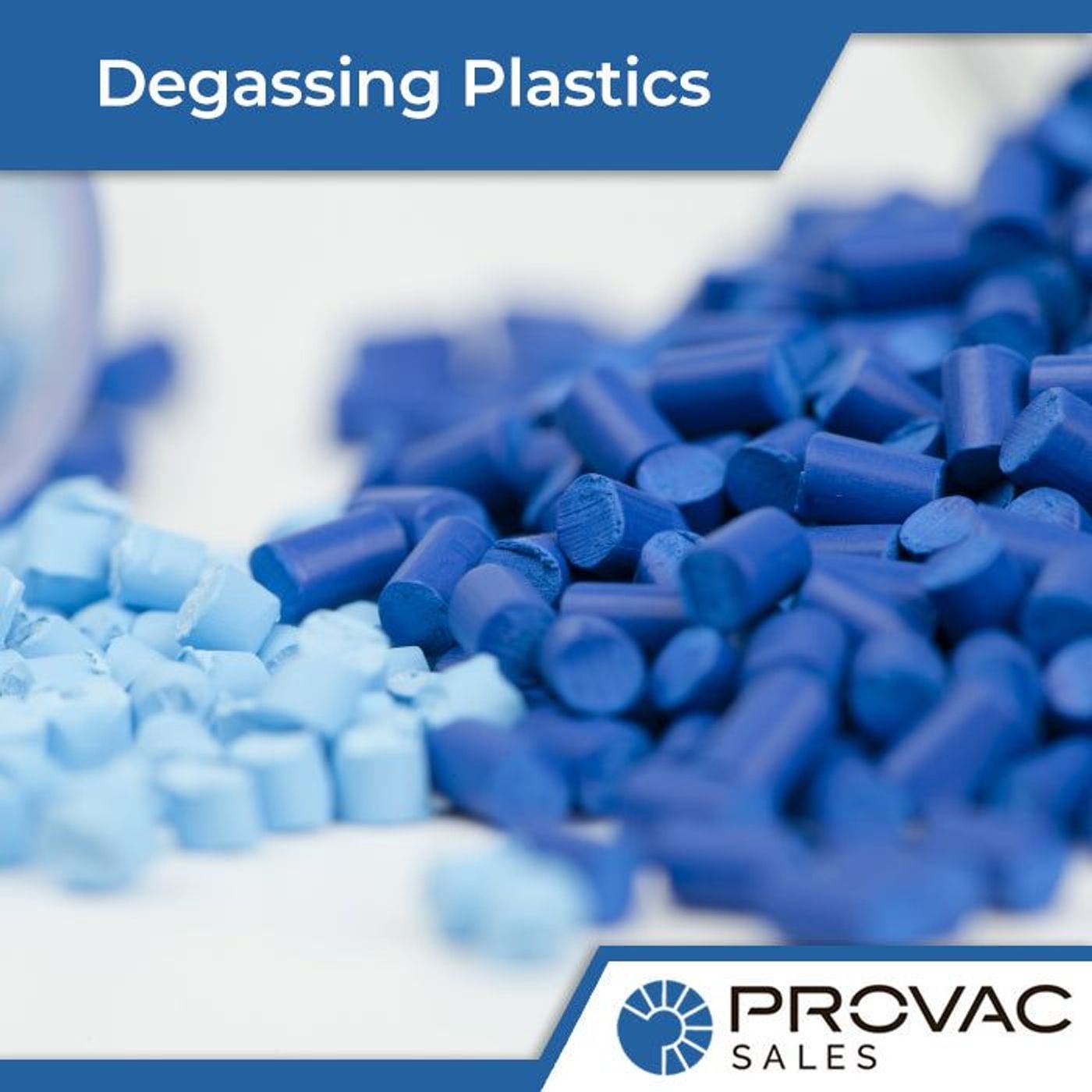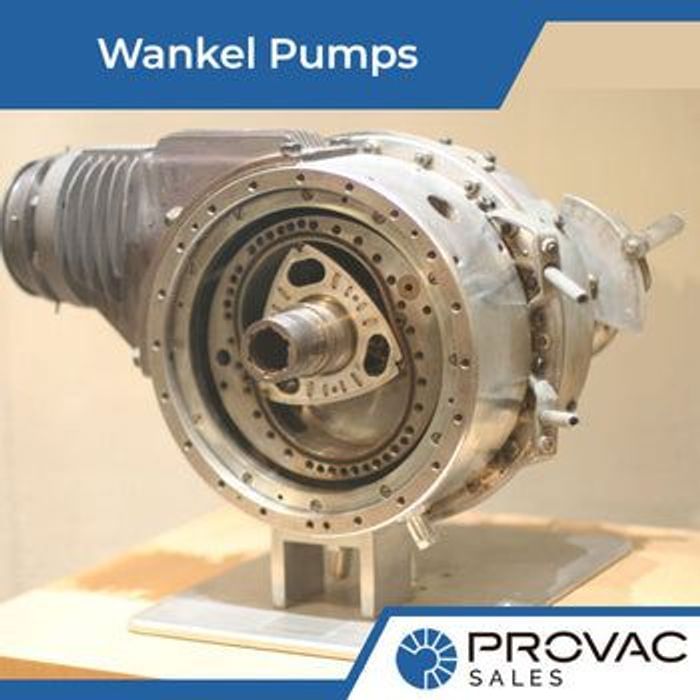Types of extruders
Extruders are commonly distinguished by the number of screws they are able to hold. Here are some of the most common types of extruders used in the plastic extrusion process:
1. Single screw
The single screw plastic extruder is one of the most versatile and widely used types of plastic processing equipment. As its name suggests, the machine uses a single rotating screw to melt and mix polymer resin, deliver it to the die, and form it into the desired shape. The screw also plays an important role in regulating the speed and pressure of the extrusion process. Thanks to its simple design and robust construction, the single screw extruder is capable of producing a wide range of products, from pipes and tubing to sheets and profiles. It is also relatively easy to operate and maintain, making it a popular choice for both small and large-scale plastic manufacturing operations.
2. Twin screw
In plastic extrusion, the twin screw is responsible for mixing, melting, and conveying the plastic material. The screws are designed to rotate in opposite directions, which helps to create a shearing action that breaks up any clumps in the plastic and ensures a consistent melt throughout the extruder. In addition, the twin screw helps to generate enough friction to heat the plastic material without causing it to degrade. As the screws rotate, they also help to push the molten plastic through the die, where it takes on the desired shape. The twin screw is an essential component of any plastic extrusion process, and its design can have a significant impact on the quality of the final product.
3. Planetary extruder
Planetary extruders are commonly used in the manufacturing of plastic products. They have a unique advantage over other types of extruders in that they can produce products with very high levels of precision and accuracy. In addition, planetary extruders are also able to produce products with very intricate designs and patterns. As a result, planetary extruders are often used in the production of medical devices, electronic components, and other highly precise products. Although planetary extruders are more expensive than other types of extruders, their unique benefits make them an essential tool in the plastic manufacturing industry.
Role of vacuum in degassing of plastics
Vacuum degassing is a process that removes entrapped gases from molten plastic prior to molding. This is typically done during the manufacturing process, prior to the final shaping and curing of the plastic. By removing entrapped air, the finished product will have reduced porosity and a smoother surface. Additionally, degassing can help to improve the optical clarity of plastics. The vacuum also plays an important role in protecting delicate plastic components from damage during shipping and handling. If entrapped air is removed successfully, these components are less likely to be scratched or damaged. As a result, the use of a vacuum can help to improve the quality and performance of plastics.
Plastic extrusion process
1. Pelletization
Pelletization is the process of turning plastic waste into pellets that can be used in the extrusion process. This process is important because it allows manufacturers to recycle plastic waste and turn it into new products. Pellets are made by melting down plastic waste and then extruding it through a die. The pellets that are produced can be used in a variety of different ways, such as making new packaging or creating new products.
2. Compounding and masterbatch
Compounding and masterbatch are two materials that can be added to the plastic during the extrusion process. Compounding refers to adding a variety of different materials to plastic in order to improve its properties. For example, compounds can be used to add color, improve strength, or increase flexibility. Masterbatch, on the other hand, is a concentrated mixture of one or more additives that are added to the plastic in small amounts. Masterbatch can be used to add color or UV stabilizers. It is also possible to add both compounding and masterbatch to the plastic. This allows for a greater degree of customization and optimization of the final product.
The best type of extrusion for your business will depend on the products you want to produce and the needs of your customers. If you’re not sure which type of extrusion is right for you, give us a call to discuss your options.





